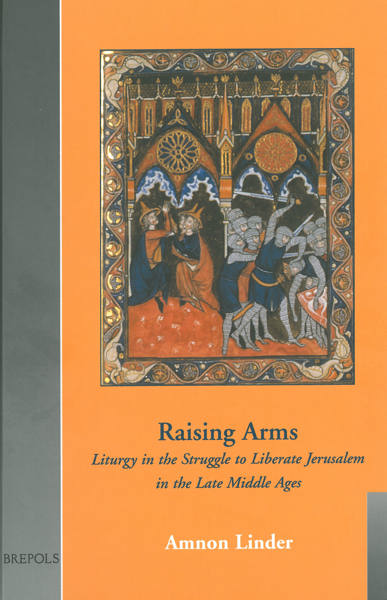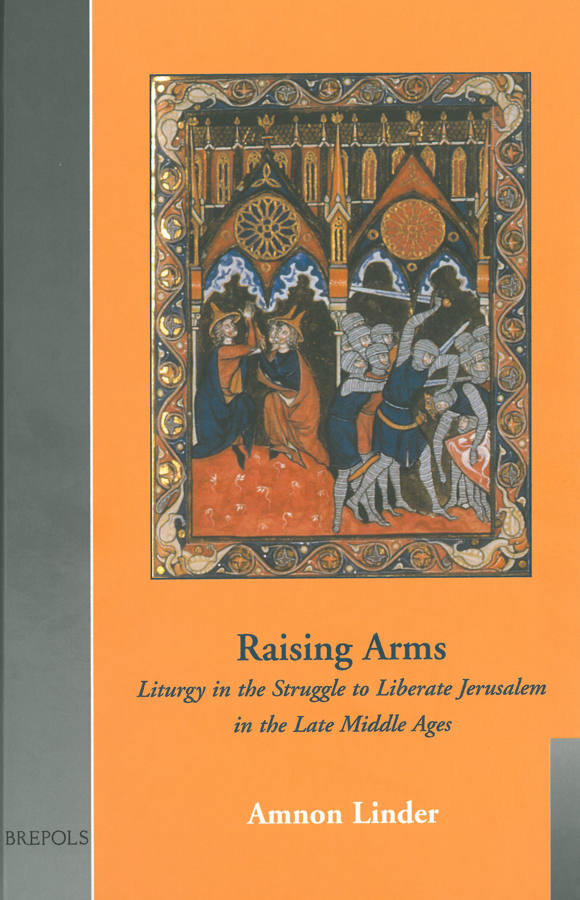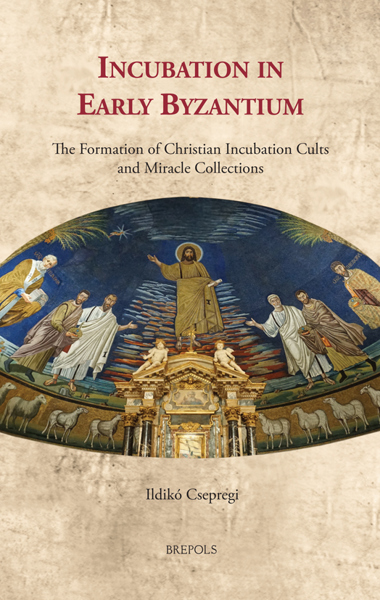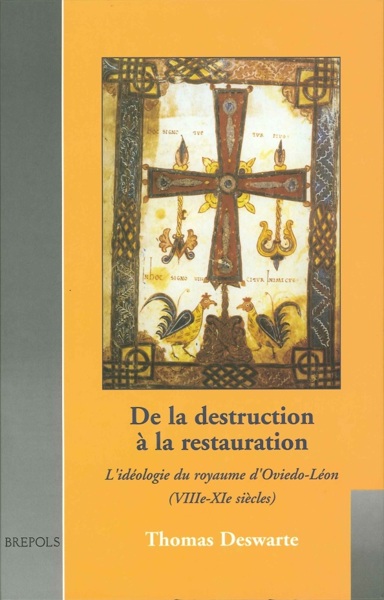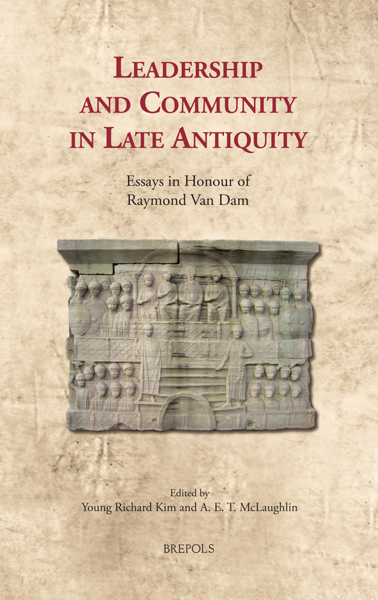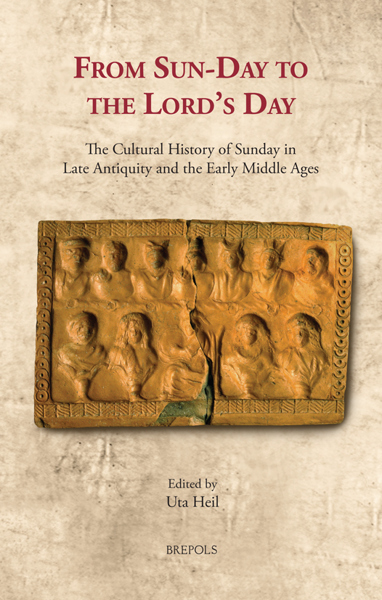
- Pages: 424 p.
- Size:160 x 245 mm
- Illustrations:7 b/w, 12 col.
- Language(s):English
- Publication Year:2003
- € 65,00 EXCL. VAT RETAIL PRICE
- ISBN: 978-2-503-51092-7
- Hardback
- Available
- € 65,00 EXCL. VAT RETAIL PRICE
- ISBN: 978-2-503-57070-9
- E-book
- Available
«This monograph opens up a new and hitherto completely unexplored type of primary source material for the study of the Crusades: crusading liturgical texts»
«Amon Linder has written a remarkable book, one of those rare volumes that appear every few decades and effectively open up a completely new field of research» (N. Housley in Speculum, 80 (2005), p. 625).
"Overall this is that rare thing - the revelation of a new body of source material. But Linder has not stopped at mere revelation: his exploration and analysis are remarkable. This is a truly important book which will be of value to generations of historians, and not merely historians of the crusades." (J. France, in: The Medieval Review, 04.02.44)
"die intensiv aus der Arbeit mit den zahlreichen Quellen schöpfende Studie, ergänzt um ein Registere der Handschriften, Incipits, Namen und Sachen, macht mit einer bisher wenig beachteten und in vielerlei Hinsicht unrühmlichen Praxis der mittelalterlichen Liturgie bekannt." (Jürgen Bärsch, in: Archiv für Liturgiewissenschaft, Jahrgang 52. 2010, Heft 1/2, p. 248-249)
This monograph opens up a new and hitherto completely unexplored type of primary source material for the study of the Crusades: crusading liturgical texts. For the first time, evidence is offered of liturgical practices that heralded and prepared the way for the First Crusade, as well as those that celebrated its victory and the liturgical practices that were devised after the defeat of Hattin in 1187. The first part of this study presents a critical edition, based on the vast number of extant manuscripts, with textual variants, reflecting the evolution of given liturgical practices in various places and times. For liturgical ritual offered the best framework for educating and forming the minds of the faithful. The second part analyses the ideological content of the crusading liturgy, and the different roles played by the large cultural-political regions (England, France, Germany) and certain religious and political institutions (papacy, monastic orders and states). The opening chapters therefore deal with the Clamor pro Terra Sancta and the Missa pro Terra Sancta (and related liturgies, the Missa contra paganos and Missa contra Turchos), while the latter chapters deal with the 'Festivitas liberationis Hierusalem'.
